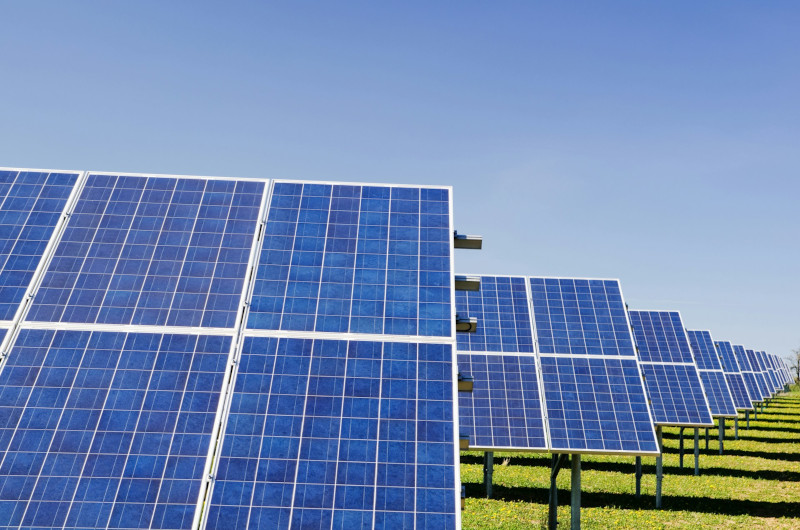Last Updated on May 17, 2025
In 2024, the United States solar industry reached unprecedented heights, installing nearly 50 gigawatts (GW) of new capacity—a 21% increase from 2023. This marked the second consecutive year of record-breaking installations, with solar energy accounting for 66% of all new electricity-generating capacity added to the U.S. grid.
Notably, for the first time, solar and wind energy combined produced more electricity than coal, generating 17% of the nation’s electricity compared to coal’s 15%.
Texas led the nation with 11.6 GW of new solar capacity in 2024, followed by California and Florida.
The utility-scale segment set a new record, installing 41.4 GW of direct current (GWdc). Conversely, the residential solar market faced challenges, experiencing a 32% decline.
In contrast, the commercial and community solar segments achieved record growth, with increases of 8% and 35%, respectively. This is according to a new report by Solar Energy Industries Association and Wood Mackenzie.
Manufacturing Boom
The domestic solar manufacturing sector experienced a remarkable surge in 2024.
Module manufacturing capacity expanded by 190%, rising from 14.5 GW in 2023 to 42.1 GW by year’s end, with significant growth concentrated in Texas and Georgia. This expansion continued into early 2025, surpassing 50 GW.
A notable development was Suniva’s revival of cell manufacturing in Georgia, marking the first instance of reshoring production in five years.
Despite the surge in module manufacturing, growth in upstream component manufacturing has been slower. While cell manufacturing has been reshored, wafer manufacturing continues to face delays and challenges, indicating areas needing attention to strengthen the domestic solar supply chain.
Looking ahead, the report forecasts a slight contraction in the commercial, community, and utility-scale segments in 2025.
However, the residential market is expected to rebound with a projected 9% growth after the previous year’s downturn. Overall, installations in 2025 are anticipated to remain steady at approximately 49 GWdc.
The Role of the Inflation Reduction Act

The Inflation Reduction Act (IRA) of 2022 has played a pivotal role in the solar sector’s expansion.
By August 2023, the Solar Energy Industries Association reported that the IRA had created over 20,000 jobs and spurred $20 billion in new solar technology manufacturing investments, adding 155 GW of generating capacity in its first year.
The Act is projected to incentivize an additional $144 billion in investments by 2033 compared to a scenario without the IRA.
Technological advancements are also contributing to the industry’s growth.
For instance, Terabase Energy, a California-based company, has developed robots and AI systems to assist in building solar farms. With a recent $130 million investment from SoftBank’s Vision Fund 2, Terabase aims to enhance its robotics-assisted assembly line, potentially reducing construction costs and time.
The company’s technology can install 2,000 solar panels in eight hours, addressing labor shortages in the industry.
Conclusion
The U.S. solar industry demonstrated remarkable resilience and growth in 2024, achieving record installations and significant manufacturing expansion. While challenges remain, particularly in upstream component manufacturing and policy uncertainties, the industry’s outlook remains optimistic.
With supportive policies, technological innovations, and sustained investment, solar energy is poised to play an increasingly vital role in the U.S. energy landscape, driving the transition toward a more sustainable and resilient future.


